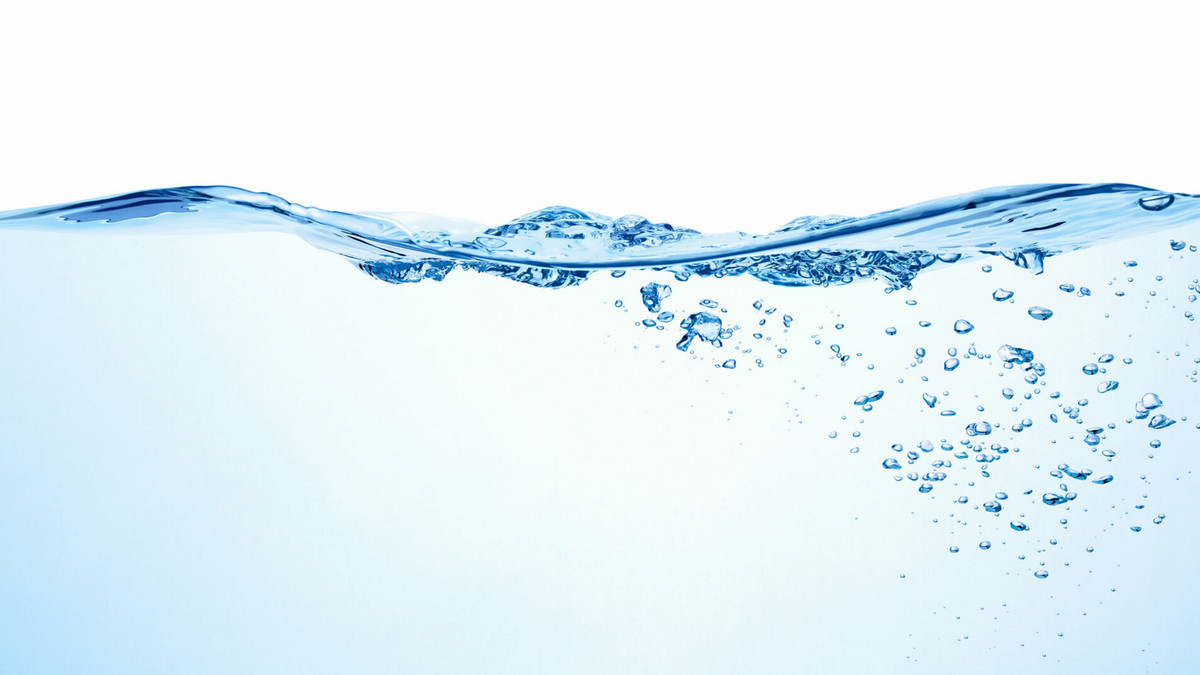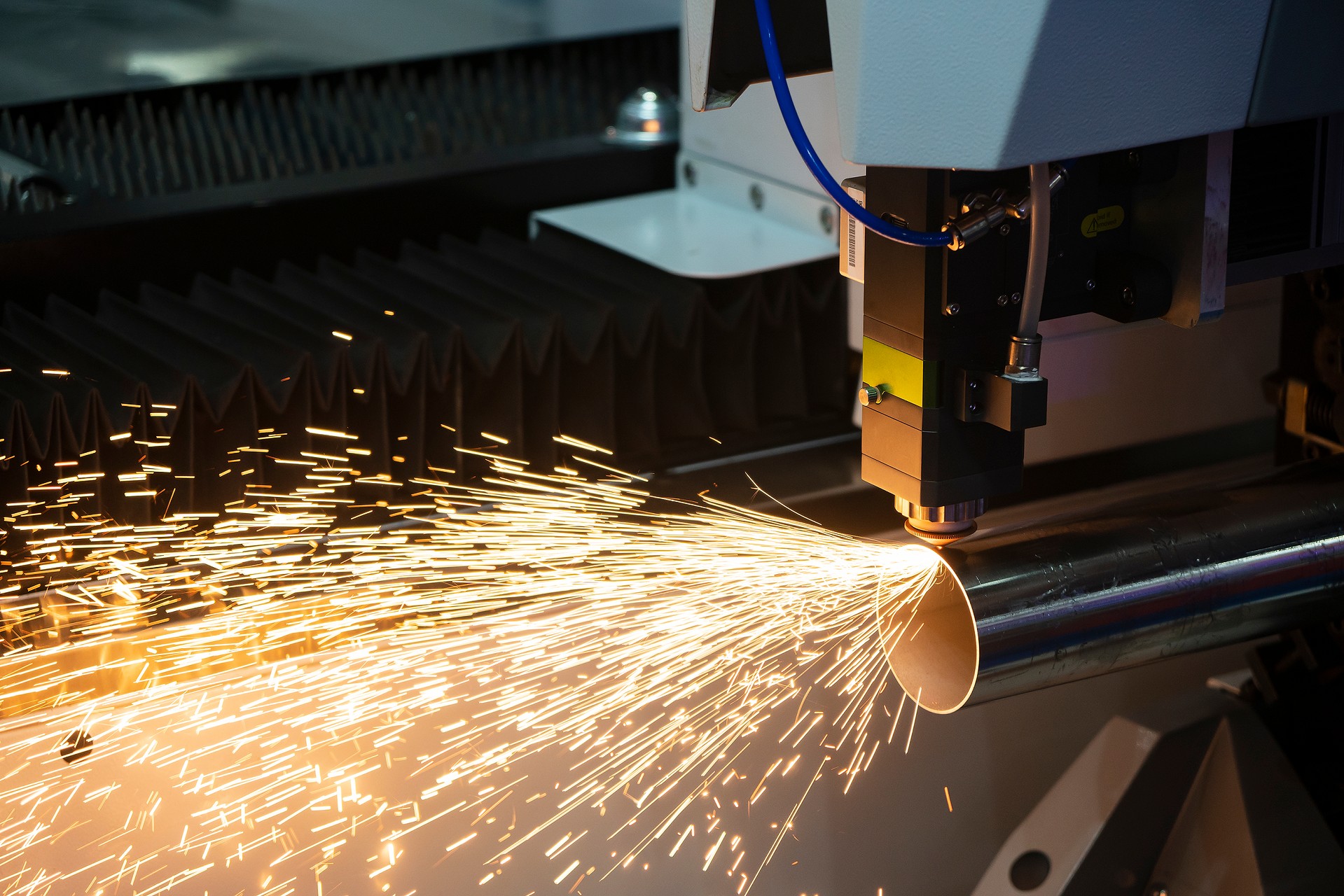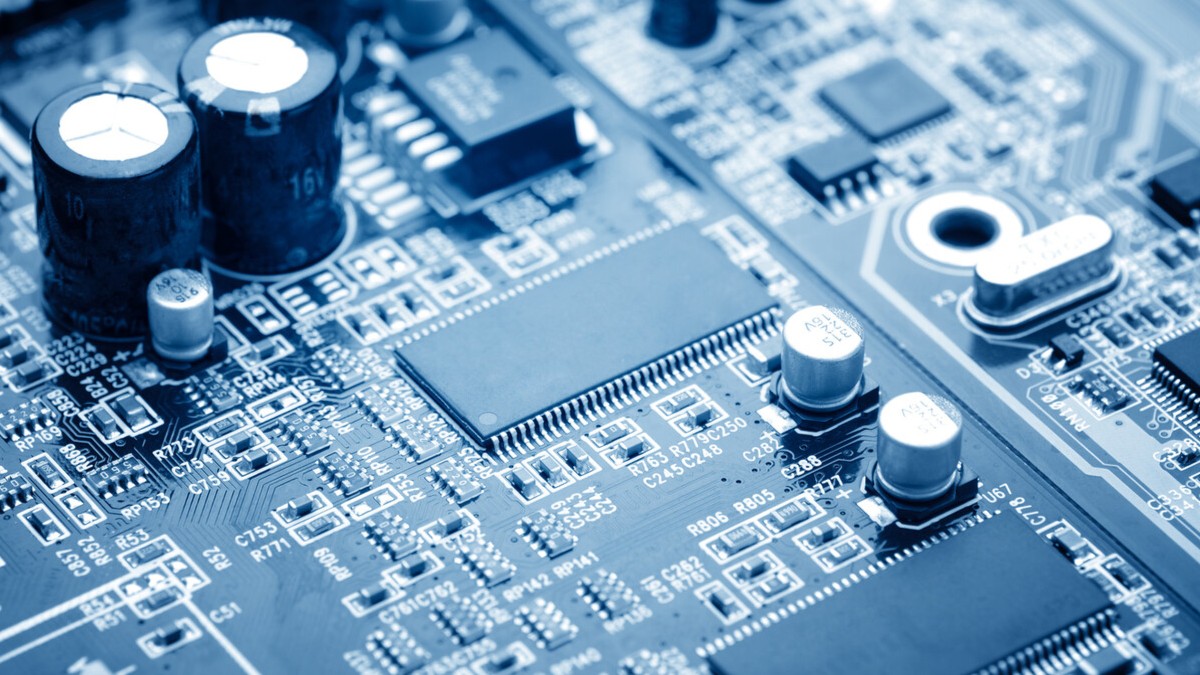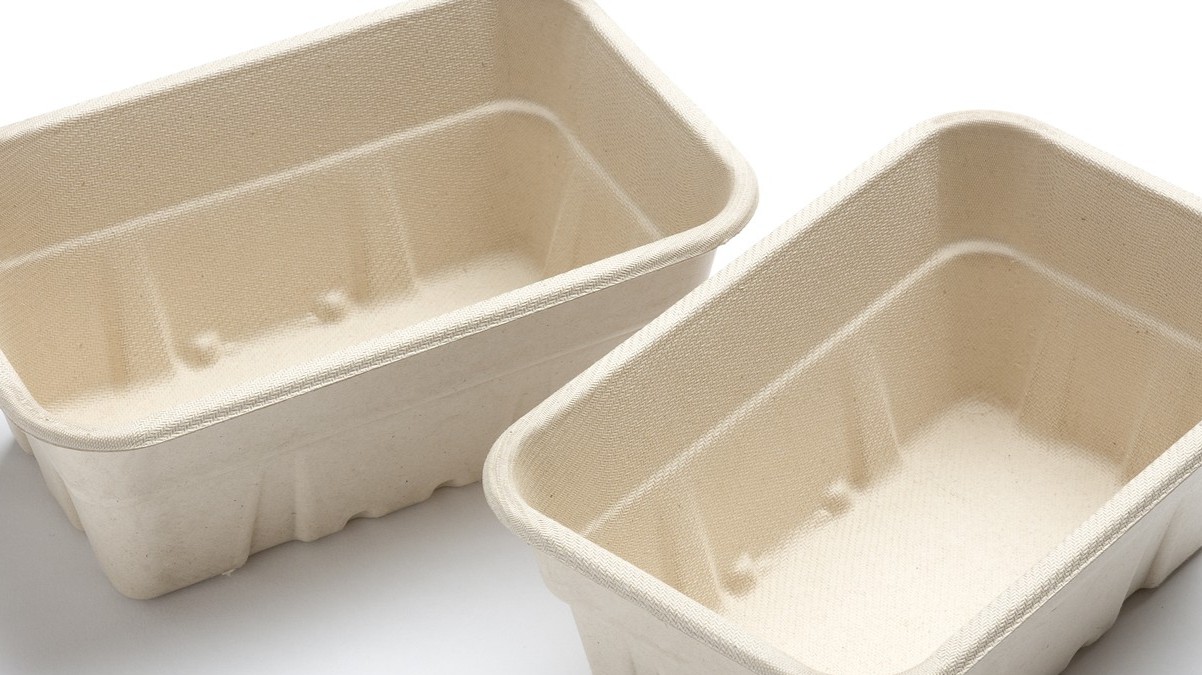A cooler is a device used for cooling during the manufacturing process.
What is a Cooler?
A cooler is a cooling device used in various industrial manufacturing processes to ensure a constant temperature during the manufacturing process. Industrial coolers are used as auxiliary equipment for cooling semiconductor manufacturing equipment or FPD manufacturing equipment. It is used for temperature control devices such as platform cooling in sputtering and etching engineering, requiring high-precision temperature stability.
Metal processing machines will generate temperature rise during precision machining, which is a major problem in the industry. If the problem of temperature rise cannot be overcome, it will lead to mechanical thermal deformation, disordered electronic components, reduced service life of the machine, and deviation of machining accuracy. The industrial cooling system is the best equipment to solve the temperature rise of various industrial equipment.
With the rapid development of a highly information-based society, increasing the number of layers of memory volume and high-precision processing have made semiconductor manufacturing processes more and more complex. The number of devices, the number of reaction chambers for each device, and the machines attached to the manufacturing device The number is also constantly increasing. In recent years, the demand for coolers with small sizes, high output, and efficient use of space has gradually increased. In addition, with the intensification of global warming, global regulations on chlorofluorocarbons are becoming more and more stringent, so the requirements for environmentally friendly products are increasing.
What is the Function of an Industrial Cooler?
Its function is to ensure the specific temperature required by the process for the medium. It can transfer heat between two or more fluids at different temperatures, so that heat can be transferred from a fluid with a higher temperature to a fluid with a lower temperature so that the temperature of the fluid can reach the index specified in the process to meet the process conditions. At the same time, the heat exchanger is also one of the equipment to improve energy utilization. The industrial cooling water exchanges heat indirectly with the process medium through the water cooler.
Industrial coolers are classified as cooling systems that cool process fluids or dehumidify air in the construction of industrial cooling systems. Primarily cooled through the use of vapor compression or absorption cycles, the resulting chilled water has applications ranging from space cooling to process uses. Types of Industrial Chillers have a rated cooling capacity of 1 to 1000 tons. There are three different types of chillers which are air, water, and evaporative condensing.
Industrial coolers can also be divided into reciprocating, centrifugal, screw drive, and adsorption refrigeration systems. The first three types are mechanical coolers, powered by electric motors, and steam or gas turbines. Adsorption refrigeration systems, on the other hand, are powered by a heat source such as steam and have no moving parts.
What is Industrial Cooling Water?
The cooling water system can be divided into a straight water system and a circulating water system. In the once-through water system, the cooling water is only used once by the heat exchanger and then drained, so the once-through water is also called once-used water. The once-through cooling water system generally consumes a lot of water, the temperature rises of the water after passing through the heat exchanger is small, the temperature of the discharged water is also low, and the salt content in the water is not concentrated. Generally, this system is only used in areas with low-temperature water available for large S and cheap water charges. However, due to the pollution of drainage to the environment, it is not recommended to use straight-through water systems even in areas with abundant water.
In the circulating water system, the cooling water can be used repeatedly. After the water passes through the heat exchanger, the temperature rises, and the water temperature is lowered by the cooling tower or other cooling equipment, and then the water is sent to the user by the pump. The water is continuously reused in this way, so the circulating water system can improve the water temperature reuse rate. With the need to save water, many industries are gradually turning to circulate water systems.
What is a Closed Circulating Cooling Water System and an Open Circulating Cooling Water System?
In the closed circulating cooling water system, the water is not exposed to the air, and the cooling of water is cooled by other cooling media through a certain type of heat exchange equipment. The loss of cooling water is extremely small, no It is necessary to supplement the water in a large plate, and no water is evaporated or concentrated. The cooling water system of the internal combustion engine is representative of a closed circulation system. The water is aerated by the cooling tower and contacts with the air. Due to the evaporation and heat dissipation of the water and contact heat dissipation, the water temperature is lowered, and the cooled water is recycled.














